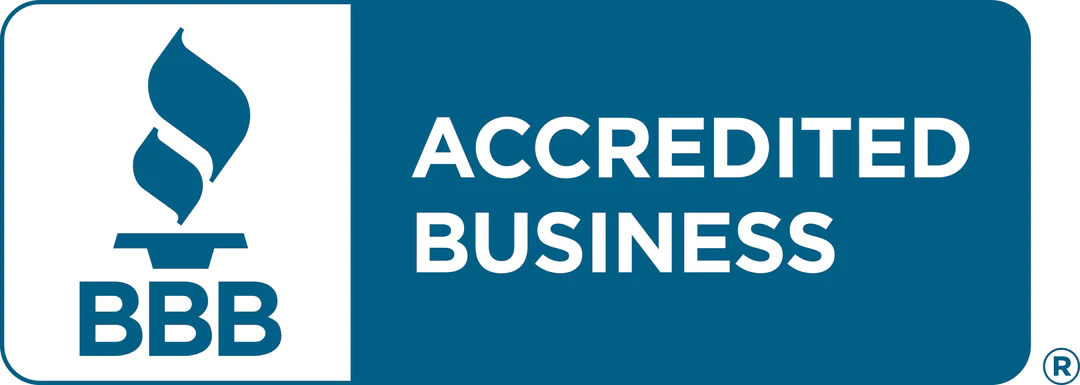College Admissions Tips and Guidance
Fast Facts About The PSAT

Explore Our Articles
Recent Posts
Popular Categories
Get In Touch
On Social
By Phone or Text
(617) 734-3700
By Mail or Email
1678 Beacon Street
Brookline, MA 02445
By Form
Educational Advocates
Our objective is to guide the family in finding options where the student will not only get admitted, but thrive and find success once on campus.
Fast Facts About The PSAT
This fall, most juniors will take the PSAT, a practice standardized test that is very similar to the SAT used in college admissions. Both tests have similar content, format and scoring, and the PSAT is considered good preparation for and helpful in predicting SAT scores.

By Junior Year, students sign up to take the PSAT, which can lead to scholarship opportunities for Finalists. Thought Catalog photo from Unsplash.
- The PSAT includes two components:
1. Evidence Based Reading and Writing
2. Math
- Within the Evidence Based Reading and Writing there are two tests: the Reading Test and the Writing and Language Test.
- There is no PSAT essay.
- There is no penalty for guessing on the PSAT, so it is always better to guess than to leave a question blank.
- Most high schools send out PSAT registration notifications in September. This is the only standardized test for which the high school registers the student, so it’s a good idea to confirm school specific details with your guidance counselor.
- Since both the SAT and PSAT were redesigned in 2015, the PSAT is now longer than it used to be, lasting 2 hours and 45 minutes, compared to its prior duration of 2 hours and 10 minutes. The PSAT is still shorter than the SAT, which lasts 3 hours without the optional essay section, and 3 hours 50 minutes including the essay.
Take advantage of the PSAT information on the College Board.
- PSAT score ranges vary between 320 and 1520, with 160-760 points possible for Reading and Writing, and 160-760 for Math. The highest possible PSAT score is 1520, which is adjusted down to reflect the PSAT’s lower degree of difficulty as compared to the 1600 highest possible SAT score.
- The PSAT’s official name is the PSAT/NMSQT, which is short for the National Merit Scholarship Qualifying Test.
- Although high school students of many ages may take the PSAT, those in their second to last year of high school (typically juniors) are eligible to be considered for the National Merit Scholarship Program.
- Your Score Report will show your Selection Index score (calculated by doubling the sum of the Reading, Writing and Language, and Math Test scores) and whether you meet National Merit program entry requirements.
- Based on the Selection Index, students may qualify to be Commended (34,000 nationally), Semifinalists (16,000), or Finalists (15,000). The National Merit Corporation identifies Semifinalists and sends scholarship application materials to them through their high schools. Students who qualify as Semifinalists and meet academic and other standards to advance to the Finalist level will compete for scholarships.
- Semifinalists are designated as the highest scorers in each state, and the Selection Index cutoff varies by state. Massachusetts historically has one of the highest cutoffs, and tied with New Jersey and DC for the highest, at 222, in 2016. Semifinalists must submit an application to become Finalists.
- Finalists are chosen to be scholarship recipients based on the strength of their applications. 2,500 Finalists are chosen to receive one-time scholarships of $2500.
- Although the National Merit scholarship amounts are relatively small, Finalist designation opens the door to many corporate and college sponsored scholarships that can be much more substantial.
Most students do not prepare specifically for the PSAT. Those who have historically performed well on standardized tests may want to complete a practice test (available online through the College Board or Khan Academy), to determine whether they score close to the National Merit cutoff, and then potentially devote time to studying to enhance their chances of becoming eligible. For all students, the experience of taking the PSAT under real test conditions is very good practice for eventually taking the SAT.









